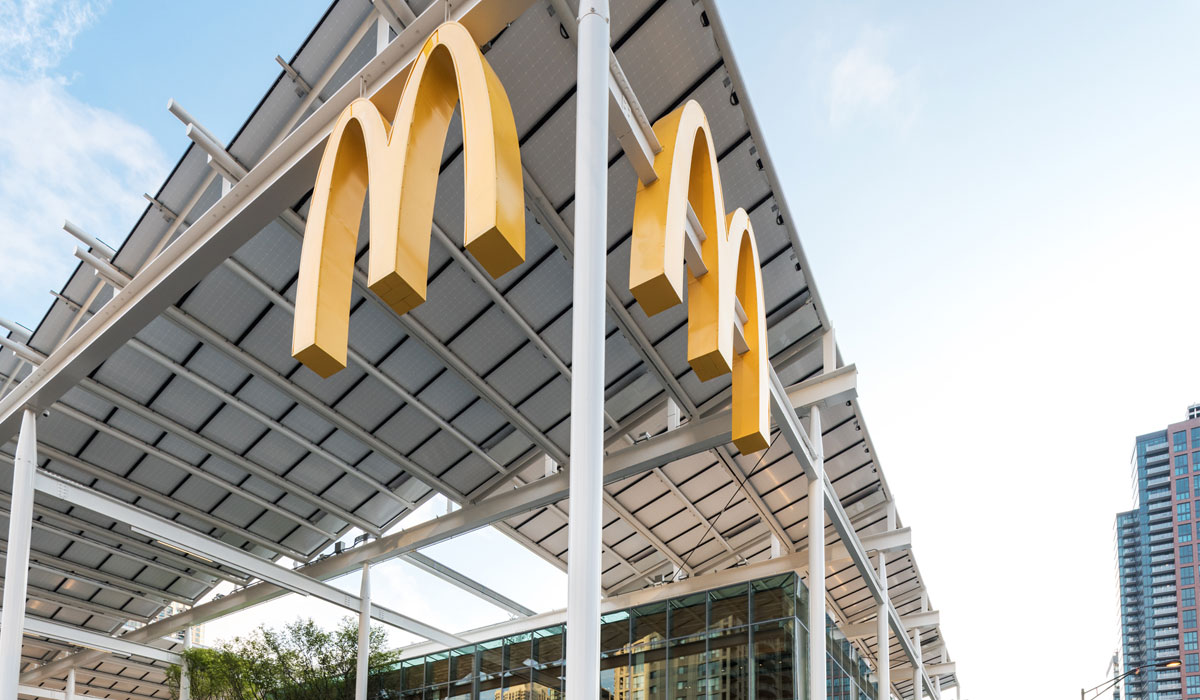According to The Wall Street Journal, McDonald’s franchisees planned to meet Wednesday in Tampa, Florida, to discuss forming an advocacy group. McDonald’s doesn’t have an independent franchisee group, like the one currently asking Jack in the Box’s CEO to step down.
In a letter to franchisees reviewed by The WSJ, hosts of the meeting said: “We believe it’s critical for us to come together to discuss the state of the business, unvarnished and unedited. It’s only through honest dialogue that we will get to real solutions.”
A McDonald’s spokeswoman responded to the report, telling the publication: “We always welcome and are committed to a constructive, collaborative dialogue with our franchisees. We will continue to work closely with our franchisees so they have the support they need to run great restaurants and provide great quality experiences and convenience for guests.”
Issues at hand include shrinking cash flow being dragged by the cost and speed of McDonald’s vast remodeling program. Per the WSJ, one franchisee said he’s taking on debt to remodel units in line with “new specifications from McDonald’s executives.”
McDonald’s has been on an aggressive refranchising path in recent years, ever since CEO Steve Easterbrook outlined his turnaround plan in May 2015. The broad evolution included a global restructuring and a refranchising initiative designed to save the company some $300 million. McDonald’s goal was to increase the share of its locations that were franchised from 81 percent of the system to more than 90 percent. It aimed to refranchise 4,000 restaurants by the end of 2018 but completed the goal a year ahead of schedule, thanks partly to a transaction involving locations in China and Hong Kong.
Currently about 95 percent of McDonald’s 14,000-plus U.S. stores are franchised. This past quarter, consolidated revenues fell 12 percent due to the refranchising initiatives.
McDonald’s is on a $6 billion path to bring its “Experience of the Future” stores nationwide. In Q2, McDonald’s converted 1,300 restaurants to the design, known for its kiosks, in a 90-day stretch. That measures to roughly 10 additional restaurants every day. To that date, McDonald’s had more than 5,000 updated units, north of one-third of its U.S. footprint.
The chain said last year it would help cover the costs of the refresh for franchisees. Last May, a commitment letter from the chain to U.S. operators revealed that the new additions could run anywhere between $150,000—$700,000 per location.
At first glance, this sounds somewhat familiar to McDonald’s “Create Your Taste” initiative that reportedly needed a $120,000—$160,000 investment from franchisees and resulted in some backlash. It has since been scrapped.
In this case, however, McDonald’s said it was offering to front 55 percent of the costs of the remodel. The Wall Street Journal reported that in the past, McDonald’s paid up to 40 percent of franchisees’ remodeling costs. This included only smaller changes in equipment and décor, though, not a full-blown remodel. McDonald’s also said in a letter to U.S. franchisees that it would only fund operators willing to approve the company’s national advertising campaign built around the $1, $2, and $3 value menus.
Despite some record runs on the stock market, McDonald’s U.S. sales growth hasn’t delivered to some investor’s marks in recent quarters. Same-store sales upped 2.6 percent, year-over-year, in Q1, short of Wall Street’s call for 3 percent growth. The growth was McDonald’s slowest in over a year, although it still represented 12 consecutive quarters of positive gains.
Global comparable guest counts declined 0.3 percent. They lifted in all international operating segments. However, U.S. quarterly guest counts decreased from last year. McDonald’s didn’t provide an exact number.
Tepid by some measure perhaps, but still a vast improvement from recent years. Before 2017, for example, customer traffic dropped in each of the past three fiscal calendars. Global same-store sales growth of 5.3 percent in fiscal 2017 was McDonald’s best sales performance in six years.
This past summer, McDonald’s outlined U.S. organizational changes that included trimming its corporate team. The company eliminated its region structure in favor of field offices and removed layers from the field organization while increasing resources in key strategic areas, such as technology and field consulting. It took a pretax charge of $92 million in Q2 from those previously announced restructuring costs, which included employee severance charges and other hits from its plan to eliminate layers of management in an effort to trim costs and provide better support to franchisees.

